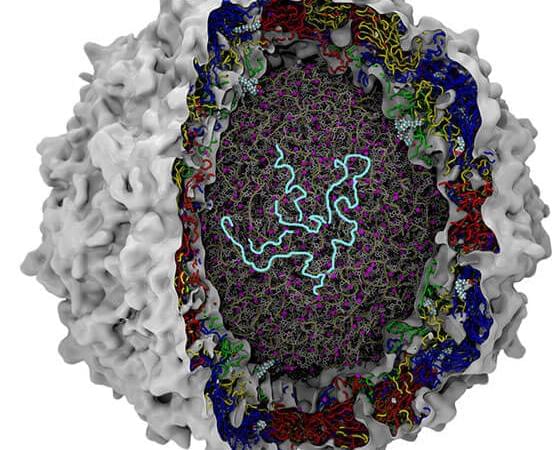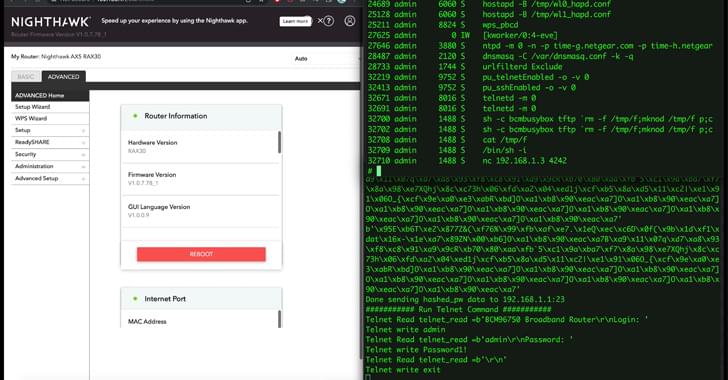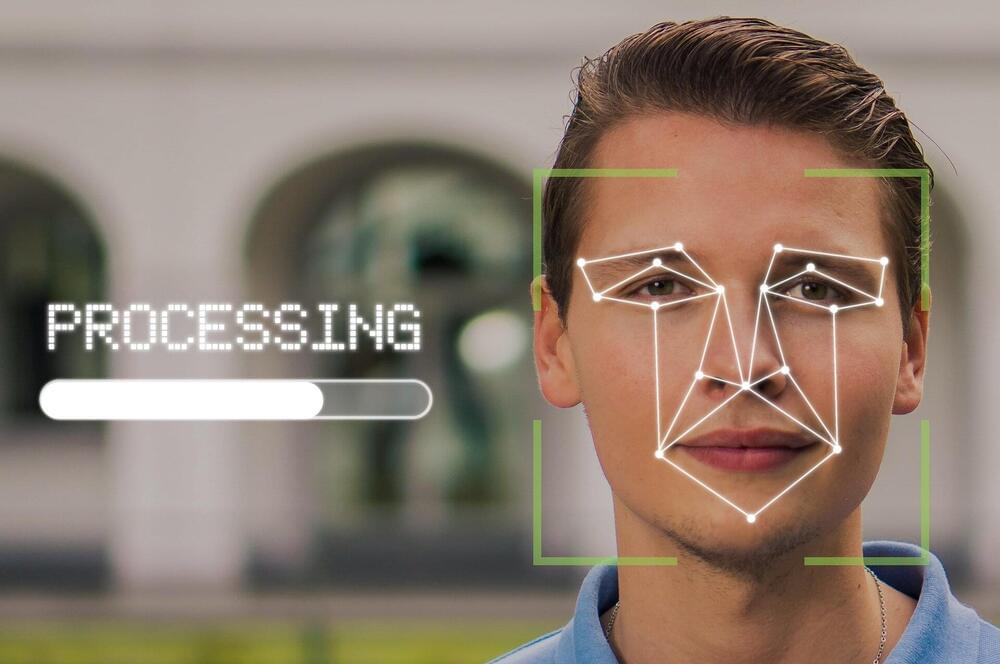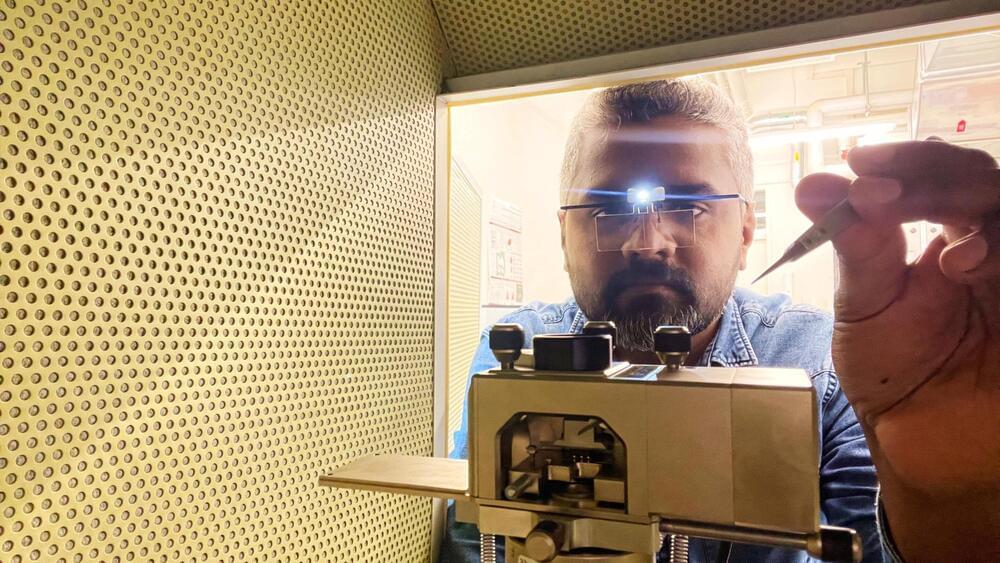Making a wormhole that a human could theoretically travel through would require an upside-down universe and negative energy.


Making a wormhole that a human could theoretically travel through would require an upside-down universe and negative energy.
Thanks to advances in artificial intelligence (AI) chatbots and warnings by prominent AI researchers that we need to pause AI research lest it destroys society, people have been talking a little more about the ethics of artificial intelligence lately.
The topic is not new: Since people first imagined robots, some have tried to come up with ways of stopping them from seeking out the last remains of humanity hiding in a big field of skulls. Perhaps the most famous example of thinking about how to constrain technology so that it doesn’t destroy humanity comes from fiction: Isaac Asimov’s Laws of Robotics.
The laws, explored in Asimov’s works such as the short story Runaround and I, Robot, are incorporated into all AI as a safety feature in the works of fiction. They are not, as some on the Internet appear to believe, real laws, nor is there currently a way to implement such laws.

ChatGPT has put AI in the limelight. The NYT has this funny list. I can think of many more things, but it shows how interest is growing.
The public release of ChatGPT last fall kicked off a wave of interest in artificial intelligence. A.I. models have since snaked their way into many people’s everyday lives.
Despite their flaws, ChatGPT and other A.I. tools are helping people to save time at work, to code without knowing how to code, to make daily life easier or just to have fun.
Artificial intelligence models have found their way into many people’s lives, for work and for fun.

Great overview of progress in the field of oncolytic viruses. Take home message: it’s super important to develop viruses that not only attack tumors directly, but also stimulate immune strong responses against the cancer. #genetherapy #biotechnology
Cancer treatments known as oncolytic viruses are being tested in clinical trials, and one, T-VEC or Imlygic®, has been approved by the FDA. Research now suggests that these treatments work not only by infecting and killing tumor cells, but that they may also be a form of cancer immunotherapy.


Two specialized researchers, one with the Leibniz-Institut für Wissensmedien (the Knowledge Media Research Center), the other with the Applied Face Cognition Lab at the University of Lausanne, have validated reports that some people have super-recognizing abilities. In their study, reported in Proceedings of the National Academy of Sciences, Maren Mayer and Meike Ramon analyzed data from eyewitnesses of ongoing bank robberies in Fribourg, Switzerland, helping to identify two suspects.
Anecdotal evidence and reports from multiple criminal tracking organizations have suggested that some people can recognize another person’s face with high accuracy after time has elapsed, even after seeing a face for just a few seconds. Such people have become known by police officials as super-recognizers (SRs). But as the researchers with this new effort noted, little if any research has sought to verify that self-described SRs or those described as such by others, do indeed have such abilities.
Mayer and Ramon were not actively seeking to test the skill of SRs. They were approached by officials from the Cantonal Criminal Police of Fribourg looking for help in solving robberies that had been captured on video.

The early detection and treatment of dementia such as Alzheimer’s is still one of the great challenges of modern medicine. It is already known that certain proteins in the cerebrospinal fluid can be used to diagnose Alzheimer’s disease. However, the current detection methods for such biomarkers by means of biochemical tests can only confirm and quantify the presence of such pathological proteins. No conclusions can be drawn about their original morphology of the proteins using biochemical assays, which holds information on disease stages.
However, such information if obtained directly in a label-free manner could allow conclusions to be drawn about the stage of the disease and evaluate the efficiency of a prescribed treatment. A team from the Transport at Nanoscale Interfaces Laboratory at Empa and the Department of Neurology at the Cantonal Hospital in St. Gallen has now used atomic force microscopy (AFM) to visualize the proteins that are indicative of Alzheimer’s disease under conditions that are as close to reality as possible. The researchers recently published their results in the journal Communications Biology.
With the new study, the researchers add another piece of the puzzle to their insights into Alzheimer’s development and diagnosis.

Researchers from Uppsala University have developed a method that helps immune cells exit from blood vessels into a tumor to kill cancer cells. The goal is to improve treatment of aggressive brain tumors. The study has been published in the journal Cancer Cell.
Glioblastoma is an aggressive brain tumor that lacks efficient treatment. This is in part due to the ability of the tumor to suppress or evade the body’s natural anti-cancer immune response. Immunotherapy, using checkpoint inhibitors, can reactivate the immune system against cancer. However, for this type of treatment to be effective, specific immune cells known as killer T cells must be present within the tumor.
Unfortunately, blood vessels in brain cancer are dysfunctional and act as a barrier, preventing killer T cells from reaching the tumor. As a result, this form of immunotherapy, which is effective against many forms of cancer, is ineffective against brain cancers.
Chandra X-ray Observatory Helps Astronomers Discover a Surprisingly Lonely Galaxy There is a surprisingly lonely galaxy about 9.2 billion light-years from Earth.

Year 2020 face_with_colon_three
A trio of theoretical physicists at the Pennsylvania State University has calculated the upper limit for the possible quantization of time—they suggest 10−33 seconds as the upper limit for the period of a universal oscillator. In their paper published in the journal Physical Review Letters, Garrett Wendel, Luis Martínez and Martin Bojowald outline their theory and suggest a possible way to prove it.
For many years, theoretical physicists have been trying to explain a major problem—the general theory of relativity suggests that time is a continuous quantity, one that can move slower or faster depending on acceleration and gravity conditions. But quantum mechanics theories suggest that time ticks away at a steady pace, like the frames of a movie being played out. In this scenario, time must be universal. For both theories to be right, this contradiction must be explained in a rational way.
Some theorists have suggested that one possible explanation for the apparent discrepancy is that time can be quantized as spacetime, similar to theories describing quantum gravity. In such a scenario, spacetime is not described as continuous, but is instead divided into smaller units, which would by necessity have to correspond to the Planck length. This is, of course, far too small to be detectable. The theory would also require that such discrete packets of time would each expire. This scenario suggests there would need to be a universal clock that ticks away at a very small unit of time. And under this scenario, universal time would exist throughout the universe and also interact with matter. It also raises the question of how fast would such a clock tick.